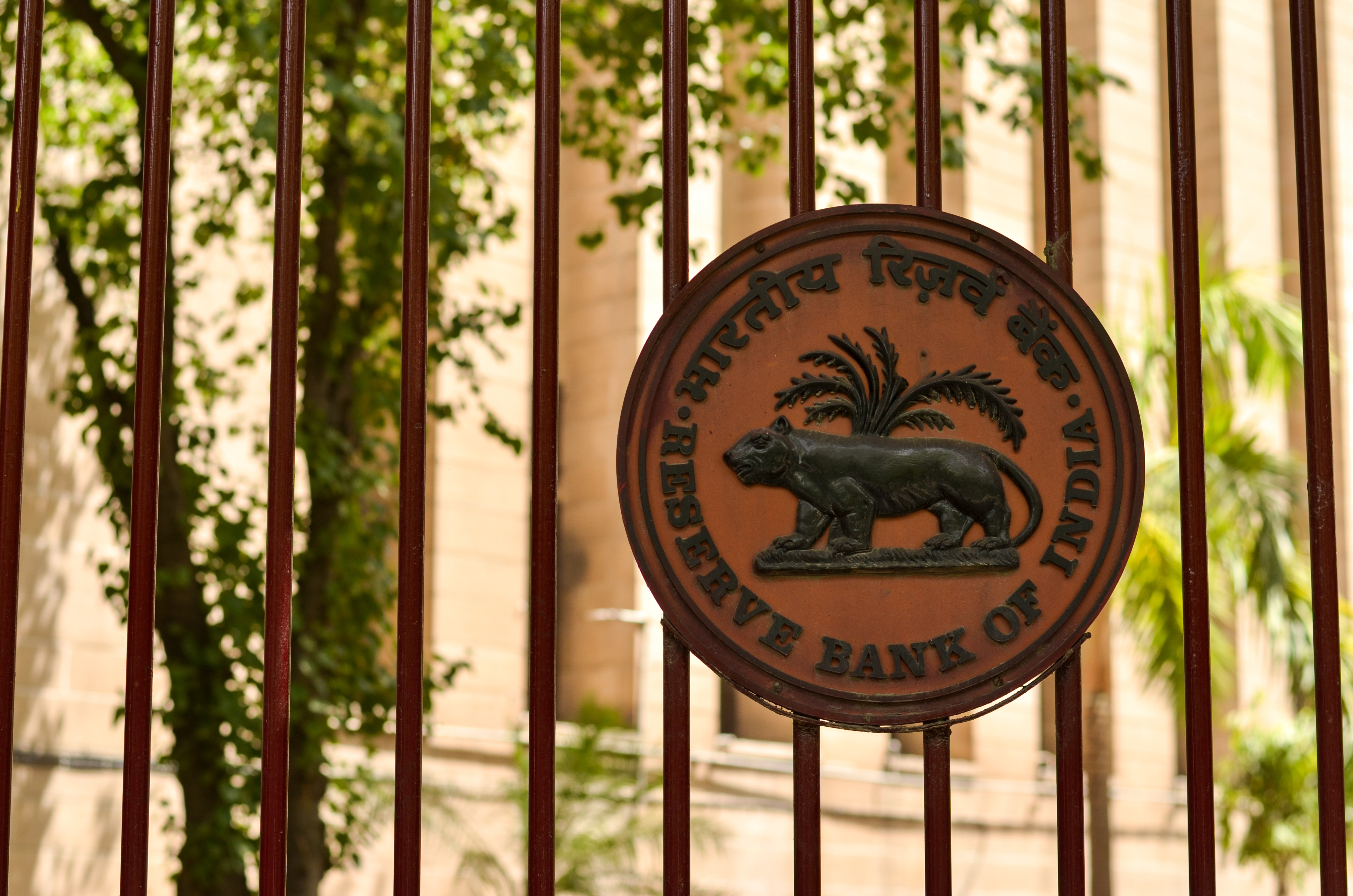
Financial Inclusion is a must for socio-economic equitable growth of a country. Individuals and groups should have access to an efficient financial system and be financially literate that will enable them to mobilize their savings and make productive investments. Financial Inclusion continues to be the forefront of India’s agenda to promote inclusive economic growth of all sections.
Governments efforts have been to push for a centralized banking system and to ensure that every household has a minimum of one bank account. This will promote financial literacy among the unbanked poor enabling them to protect themselves from potential risks. Although India is a savings-oriented society, much of the traction is seen in the middle income and upper middle class only.
However, the face of Indian financial structure is changing with the advent of technology and Government’s emphasis on taking initiatives to the last mile reach. Along with policy level developments, new generation players(fintech) and varied banking systems, India has seen a paradigm change in the last few years.
Introduction of the biometric based Aadhar system has proved to be a robust means of identification and authentication. Aadhar Enabling Payment Systems (AEPS) has helped undertake transactions on the premise of Aadhar. Aadhar enrolments have reached 88.5 % of the population and the Pradhan Mantri Jan-Dhan Yojna (PMJDY) bank accounts which are a subset of accounts under the Basic Savings Bank Deposit Account (BSBDA) by the RBI has covered 315 million people with INR 81,307 Cr of deposits as on 02 May 2018.
The UMANG app that was launched in Nov 2017, is a digital platform where users can access e-Government services. This can be accessed on smartphones, computers and is integrated with customer centric services such as Aadhar enrolment, digilocker, monitor Employee Provident Fund (EPF), PMJDY, Pariwahan sewa vahan (to pay road tax and download vehicle RC), National Pension Scheme (NPS).
Fintech is also leading the way by disrupting traditional ways of transacting and has thrown a variety of services in cashless spending, transferring money, buying insurances and P2P lending etc. Fintech firms are looking to penetrate in areas such as healthcare, farming and education and piggy-back on their existing services.
The role of Micro Finance Institutions (MFI) and their innovative models need to be mentioned while addressing the changing face of financial services. In the past, MFI’s were traditionally non-profit institutions that rendered services with a strong social focus. MFIs now have emerged as Nonbanking Finance Companies (NBFCs) with modifications in the way they raise their finances and evaluate risks. Private equity funds and Banks have shown increase interest in funding these MFIs. In 2015, Micro Units Development & Refinance Agency Limited (MUDRA) and Pradhan Mantri Mudra Yojana (PMMY) were launched, which guided the banks to lend to microenterprises, with a total target of INR 1,22,188 Cr credit disbursal. The Union Cabinet also approved the creation of a credit guarantee fund for
MUDRA loans, which is expected to provide guarantee to loans worth more than INR 1 lakh Cr to microenterprises.
The RBI continues its efforts towards fulfilling the Financial Inclusion agenda by taking several initiatives in areas of Priority sector and MSME lending, strengthening of Banking Correspondent (BC) network and promoting financial literacy.
One of such efforts has been to operationalize Priority Sector Lending Certificate (PSLC) trading mechanism. It is a platform intended to drive priority sector lending by leveraging comparative strengths of different banks.
MSME being one of the most vibrant sectors with a huge growth potential accounting for 31% of the GDP and providing employment to over 111 million people is another area witnessing sustained efforts. To improve the credit flow to MSME sector, a new portal (https://www.psbloansin59minutes.com/signup) – a digital initiative to ease the application process for MSME loans up to INR 1 Cr from Public Sector Banks, was launched by the Government in November 2018.
An innovative Banking Correspondent (BC) model, developed by RBI has helped banks to increase its reach in remote areas. It works by appointing individuals or entities in such areas to deliver some basic banking services. To further improve on this and by the recommendations of the Committee on Medium Term Path on Financial Inclusion by RBI, a composite registry has been initiated as a one stop repository for all participatory agencies to access information with ease.
With the advent of digital disruptions alongside Government policy support, India opens up to immense possibilities for various innovative services and products that can accelerate steps towards financial inclusion for the poor. However, true success will be seen when there is a visible shift from accessibility to usage.
Update: On December 3, 2021, Hon'ble Prime Minister Narendra Modi will inaugurate the Infinity Forum on fintech, which among other things will discuss and come up with actionable insights into how technology can be leveraged by the fintech industry for inclusive growth.






